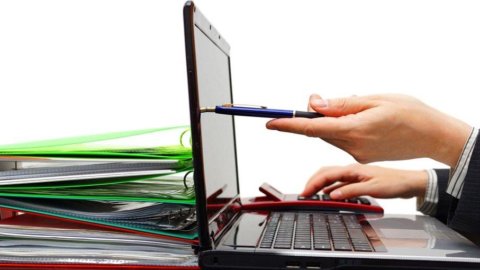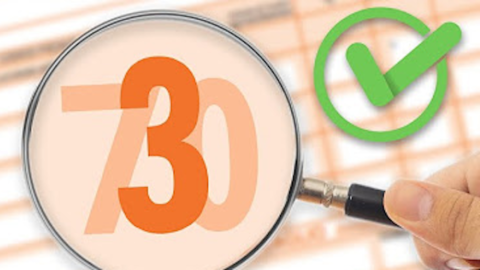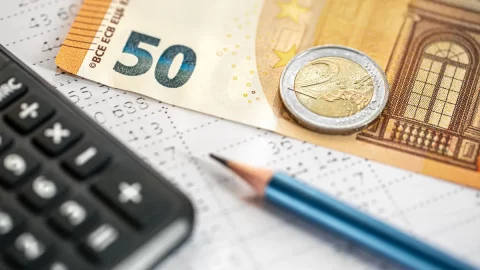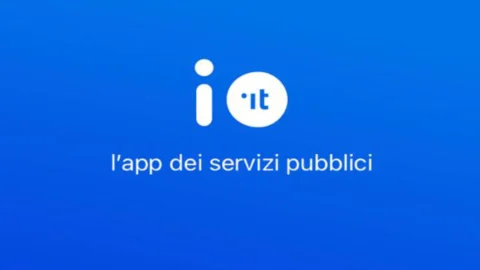Time X has arrived. Now that 2019 has begun, electronic invoicing is no longer mandatory only in relations with the Public Administration, but also for transactions between private individuals, i.e. business to business (B2B) and business to consumer (B2C).
1) HOW MANY PARTIES ARE INVOLVED?
According to the Polimi Electronic Invoicing & eCommerce B2B Observatory, the novelty affects 56% of Italian VAT numbers, equal to approximately 2,8 million businesses. Of these, 4.500 are large companies, while SMEs reach 250. By far the majority are micro-enterprises, which reach the peak of 2 million and 550 thousand units.
2) FOR WHOM IS THE EXEMPTION PROVIDED?
On the other hand, around 2,2 million VAT subjects will be exempt from the electronic invoice obligation. In addition to small agricultural producers, to whom the law already allows not to issue invoices, among those excluded are doctors (260), pharmacists (75), amateur sports clubs (63) and VAT numbers who make use of the minimum or flat-rate regime .
3) WHAT WILL HAPPEN TO THE MINIMUM REGIME?
The latter audience is destined to expand, since the government has raised the turnover threshold to 65 thousand euros within which it is possible to take advantage of the subsidized rate of 15% which replaces Irap and Irpef (including regional and municipal surcharges). The expansion is significant, considering that previously the ceiling ranged between 25 and 50 euros depending on the activity (for professionals it was 30 euros).
4) HOW MANY INVOICES WILL BE ISSUED IN 2019?
Although the perimeter of the exemptions is quite broad, it is estimated that a large amount of electronic invoices will be issued by the end of this year: in all, around three billion.
5) HOW MUCH CAN YOU SAVE WITH ELECTRONIC INVOICE?
Again according to the Observatory's estimates, companies that adopt unstructured electronic invoicing save between 2 and 4 euros on each invoice, thanks to the rationalization of spaces and document search and transmission processes. In this way it is possible to repay the initial investment over two years.
The savings rise up to a range of 5-9 euros per invoice if the company makes use of structured electronic invoicing. Added to this are the reduction of labor costs and the increase in productivity. The return on investment should therefore be completed in no more than a year.
The highest savings, however (25-65 euros per invoice), come from the digitization of the entire order cycle, which also brings with it a further increase in staff productivity.
According to Claudio Rorato, director of the B2b Electronic Invoicing & eCommerce Observatory, "the true potential of the electronic invoice will be able to be fully operational and when companies make a cultural leap beyond fulfillment and invest in the digitization of entire operational processes and not only in dematerialization of a document".
For doubts of a practical nature on the functioning of the electronic invoice, we refer to ours guide.





